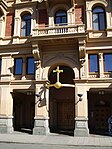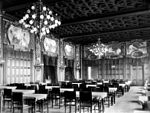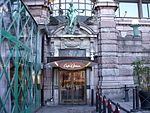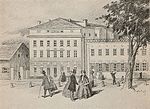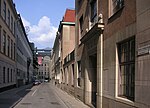Kungsträdgården
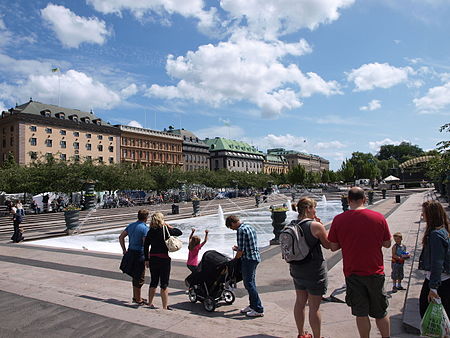
Kungsträdgården (Swedish for "King's Garden") is a park in central Stockholm, Sweden. It is colloquially known as Kungsan. The park's central location and its outdoor cafés makes it one of the most popular hangouts and meeting places in Stockholm. It also hosts open-air concerts and events in summer, while offering an ice rink during winters. There is also a number of cafés, art galleries and restaurants; for example Galleri Doktor Glas, a name taken from the novel Doctor Glas by Hjalmar Söderberg published in 1905. The park is divided into four distinct spaces (south to north): (1) Square of Charles XII; (2) Molin's Fountain; (3); Square of Charles XIII and (4) "Fountain of Wolodarski" (which does not have an official name). The park is administered and events in it organized by the Stockholm Chamber of Commerce.
Excerpt from the Wikipedia article Kungsträdgården (License: CC BY-SA 3.0, Authors, Images).Kungsträdgården
Jussi Björlings Allé, Stockholm Norrmalm (Norrmalms stadsdelsområde)
Geographical coordinates (GPS) Address Nearby Places Show on map
Geographical coordinates (GPS)
| Latitude | Longitude |
|---|---|
| N 59.33125 ° | E 18.071416666667 ° |
Address
Kungsträdgårdens isbana
Jussi Björlings Allé
111 47 Stockholm, Norrmalm (Norrmalms stadsdelsområde)
Sweden
Open on Google Maps
